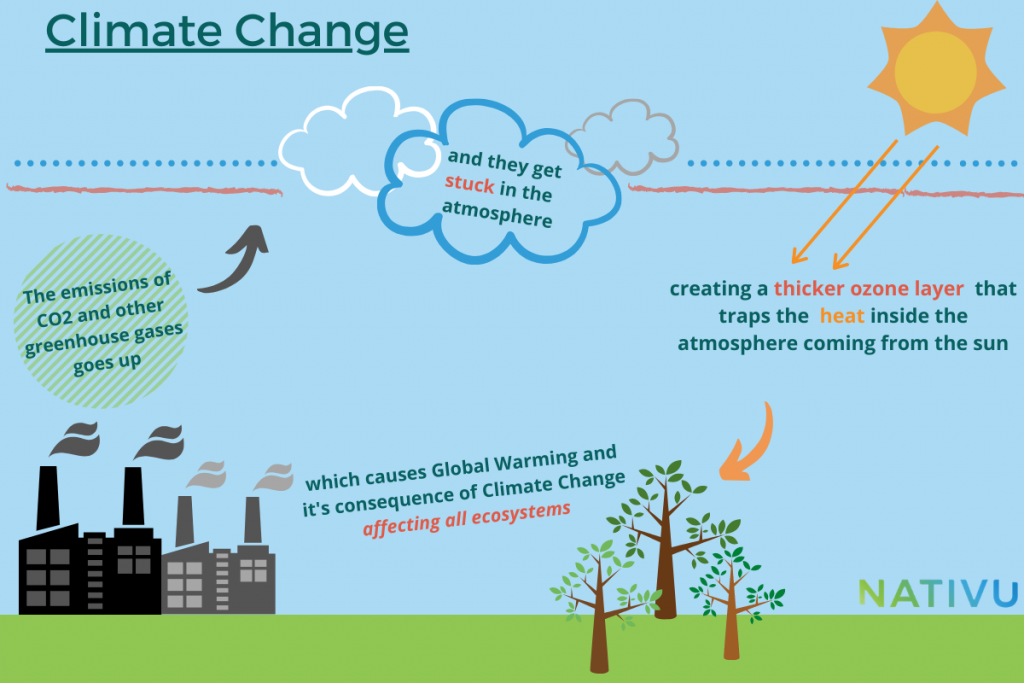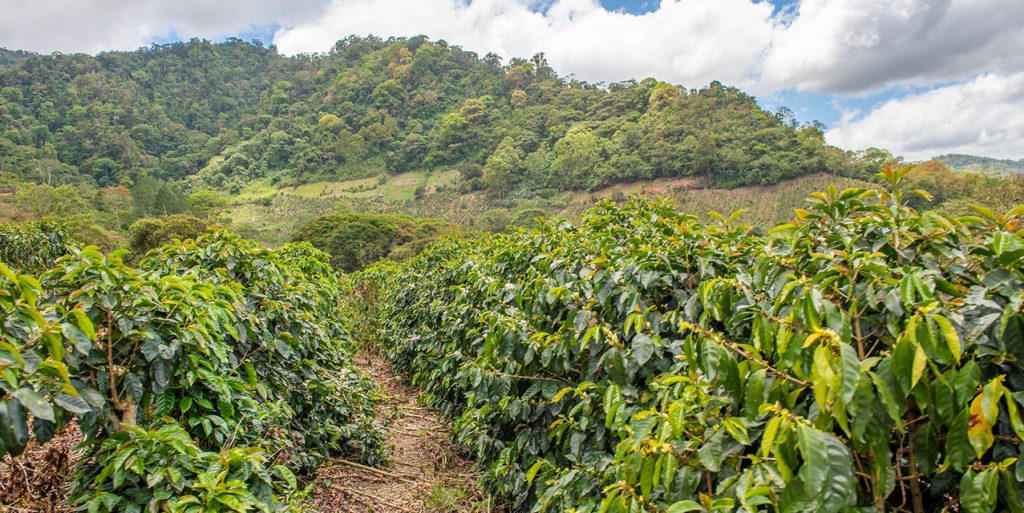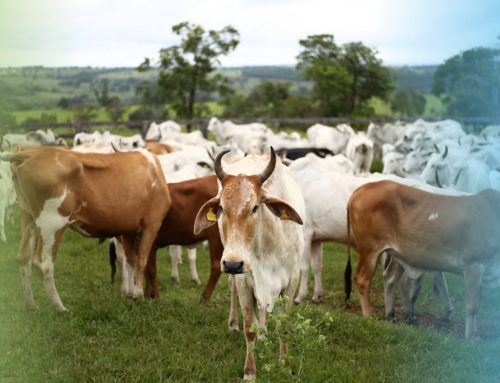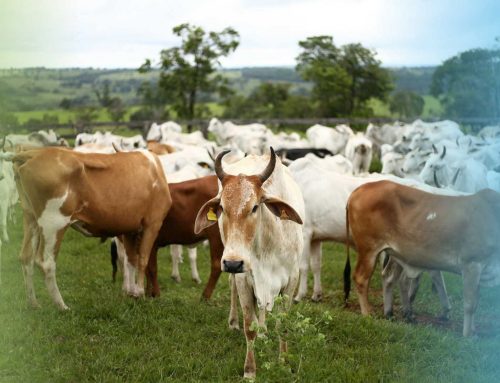Much of the Costa Rican culture and economy is coffee. Whether it’s driving to the house and passing one of the many coffee plantations. Or having coffee for breakfast or afternoon snack, or tasting a delicious dessert with coffee … Costa Rican coffee farming is present in the life of all Ticos. This is why it is importante that we inform ourselves regarding the climate events that can affect Costa Rican coffee growth. These events of great impact are variability and climate change, and a whole economic sector depends from them. But…. what are they?
Variability VS Climate Change
What is Climate Variability?
Climate variability is a change as a result of a cyclical but not fixed phenomenon of natural origin. In other words, this cycle is not a fixed part of the climatic system of a place, but occurs from time to time. For example, the El Niño or La Niña phenomenon.
What is Climate Change?
Climate change is a phenomenon of anthropomorphic origin (ie: human origin) that is based on the change in the planet Earth’s climate system as a result of the high levels of CO2 [carbon dioxide] contamination in the atmosphere.

What do they have in common?
Both events when they occur will cause an imbalance of the normal climate system. So among its consequences is the ability to alter precipitation [rain] and temperature patterns. This is why they should not go unnoticed due to their great impact on the agricultural sector.
Impact in Costa Rican Coffee Growing
The growth of plants depends on the environmental conditions found. The precipitation and temperature where they are planted will directly affect the life cycle and growth of a plant, and its production as well. In other words, for a coffee plant its development, flowering and fruit development will be affected.
The main changes for Costa Rican coffee growing are the changes in the environmental conditions of the plant. The main tendency of rain in both phenomena is the decrease of precipitation, and this affects each stage of the plant since in the farms it is believed that the annual accumulated is the important thing. This would be that the total rainfall for a year is still optimal, but in reality what affects the plant is the amount of daily precipitation in relation to the stage of its life cycle it is at. This is why it is of utmost importance for coffee farming to monitor this.
Then another change is the dry conditions and the humidity of the soil. Dryness can affect coffee growers who do not depend on rain but have irrigation systems. Because regardless of when it rains or not, and when, they can irrigate your plants according to the cycle. But if the ecosystem conditions are dry then the irrigation system will have nothing to irrigate. Also these situations can be prone to generate fungi that affect plants.
Soil moisture is important because if the conditions are dry in the ecosystem, and the rainfall low and the temperatures high, then the plant will have no water, neither because of its forage nor because of the roots.
Finally, changes in temperature extremes will be seen. That this can affect the aforementioned fungal generation problem, in conjunction with evapotranspiration. This is the loss of moisture from a surface through direct evaporation along with transpiration from vegetation. It is measured in millimeters per unit of time. Its way of affecting a plant is again through the lack of water for the plant, which due to high temperatures evaporates more and cannot then absorb the water.
You can also see an over-flowering of the coffee plants. That although having flowering is part of the ideal process, this would be more flowering than normal, therefore it would be affecting the fruit and the production of the plant.
How does Costa Rican Coffee Growing have to prepare?
In an interview with Steve Aronson, CEO of Café Britt, he mentioned to us that despite not being an agronomist, his observations have been the opposite of what was previously mentioned regarding climate change [not variability].
I have mostly observed the opposite.
For example: I have observed that the erratic rainfall has created the conditions for “coffee rust” and has decimated many areas.
The big changes due to Climate Change have not really been felt yet.
-Steve Aronson, CEO Cafe Britt
What we must do to prepare ourselves is to measure very closely the way in which all the climatic components of the plant behave. In other words, as a coffee farmer, you must begin to measure what happens from the soil of the plants to the precipitation and temperature of the entire system that surrounds the coffee plantation.
In conclusion, Costa Rican coffee farming, among other agricultural sectors, must keep an eye on the environment and the climatic changes of their farms, because then they will be able to better prevent and adapt to the changes to come.









